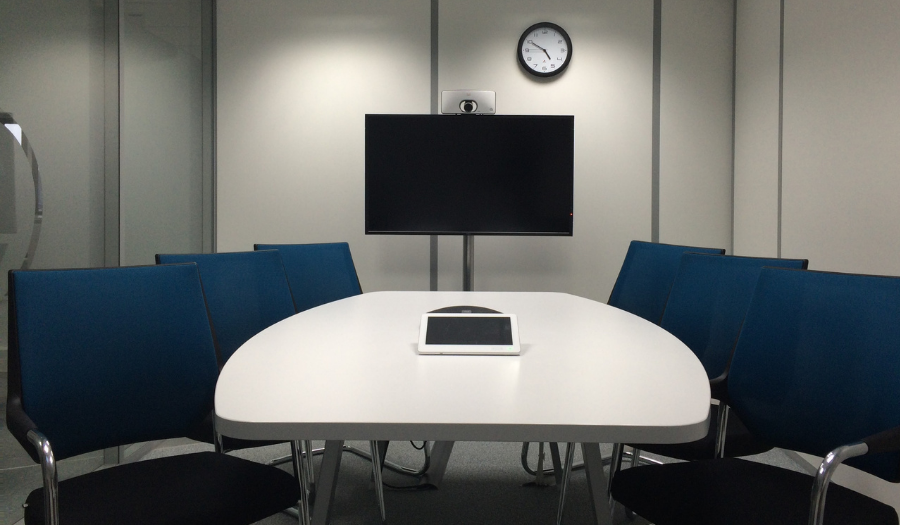
Video-conferencing technology can now be used for the witnessing of Wills
Aug 6, 2020 7:53:39 AM
Since the start of the COVID-19 pandemic, witnessing a Will has become a challenge. The exceptional lockdown measures implemented nationally prevented individuals from being physically near others who were shielding or isolating, which challenged the longstanding Wills Act 1837 of England and Wales.
The current law
According to the Wills Act 1837, a Will would not be valid unless the testator’s signature is made in the presence of two witnesses, present at the same time and each witness signs in the presence of the testator. The law also states that the testator and witnesses must have a clear line of sight when witnessing the signatures.
During the COVID-19 pandemic, these rules were rarely possible to adhere to. According to Shires v Glasson (1687) and Casson v Dade (1781), a clear line of sight could’ve meant that witnessing would need to take place via a window or open door of a house or a vehicle, from a corridor or adjacent room into a room with the door open or outdoors from a short distance, for example in a garden. Adding to the complexity of doing this during a national lockdown was the fact that a witness cannot be a beneficiary or spouse/ civil partner of the testator, who were likely to be the only individuals living with the testator during the pandemic.
Some people did turn to video witnessing using platforms such as Zoom when there seemed to be no convenient alternative, however, there was no guarantee that this would validate the Will, until now.
The new law
The Ministry of Justice (MoJ) recently announced that Wills witnessed using video technology would soon be deemed legal. The new law, which comes into force in September 2020, will be an amendment of the Wills Act 1837. It will state that the two witnesses can now be "present" virtually, which would include via video conferencing software.
Justice Secretary & Lord Chancellor, Rt Hon Robert Buckland QC MP, said:
“We know that the pandemic has made this process more difficult, which is why we are changing law to ensure that Wills witnessed via video technology are legally recognised.
“Our measures will give peace of mind to many that their last wishes can still be recorded during this challenging time, while continuing to protect the elderly and vulnerable.”
The law will be backdated to 31 January 2020, which was the date of the first confirmed COVID-19 case in the UK, to allow for any Wills witnesses via video during the pandemic to be legally recognised. The amendment will remain in place until 31 January 2022 or longer if deemed necessary.
How will it work?
For clarity, the MoJ has provided a recommended process to follow:
Step 1: The testator and all witnesses must be able to see each other clearly including all actions they make. This includes actually seeing the signature being made on paper, a visual of the front page of the Will and any subsequent pages that are turned to and signed. This will allow the clear line of sight rules to be followed.
Step 2: Witnesses need to confirm they are able to see and hear as well as they understand their role in the process.
Step 3: The identical document must be delivered to each witness for their signature, ideally within 24 hours, if time and distance allow, or as soon as possible afterwards.
Step 4: The witnesses must sign the Will using the same procedure outlined in step 1. The witness’ signatures must be seen by the testator and the other witness via the same video technology. This will need to be repeated with the other witness if both witnesses are not physically together. The Will is only valid after both witnesses have signed.
Further guidance
To further guide the process and ensure consistency, there are additional rules that would need to be followed:
-
Electronic signatures will not be permitted. The physical Will will need to be taken to each witness to ensure original signatures are on the document.
-
The use of video conferencing technology should only be used as a last resort and only used in instances where it is impossible or unsafe to witness a Will in person.
-
The sound and visual quality of the video must be clear enough to allow a full understanding of what is taking place.
-
Witnessing a pre-recorded video of the signature of the Will will not be legally acceptable. The signing must take place in real-time.
-
When signing it would be advisable for the testator to say, ‘I first name, surname, wish to make a Will of my own free will. I am now signing the Will before these witnesses (who should both be named), who are remotely witnessing me sign it.’
With the fact that there is no existing case law on witnessing Wills using video technology, the opportunity for this process to be abused or used fraudulently is something that lawmakers are keeping in mind as they roll out and monitor this advancement of the law. Legal practitioners are reminded to remain alert and exercise all levels of due diligence required to reduce any risks of challenge if acting in the capacity of a witness.
At Title Research, we will continue to monitor and provide updates on this topic as necessary.
Topics: Wills

